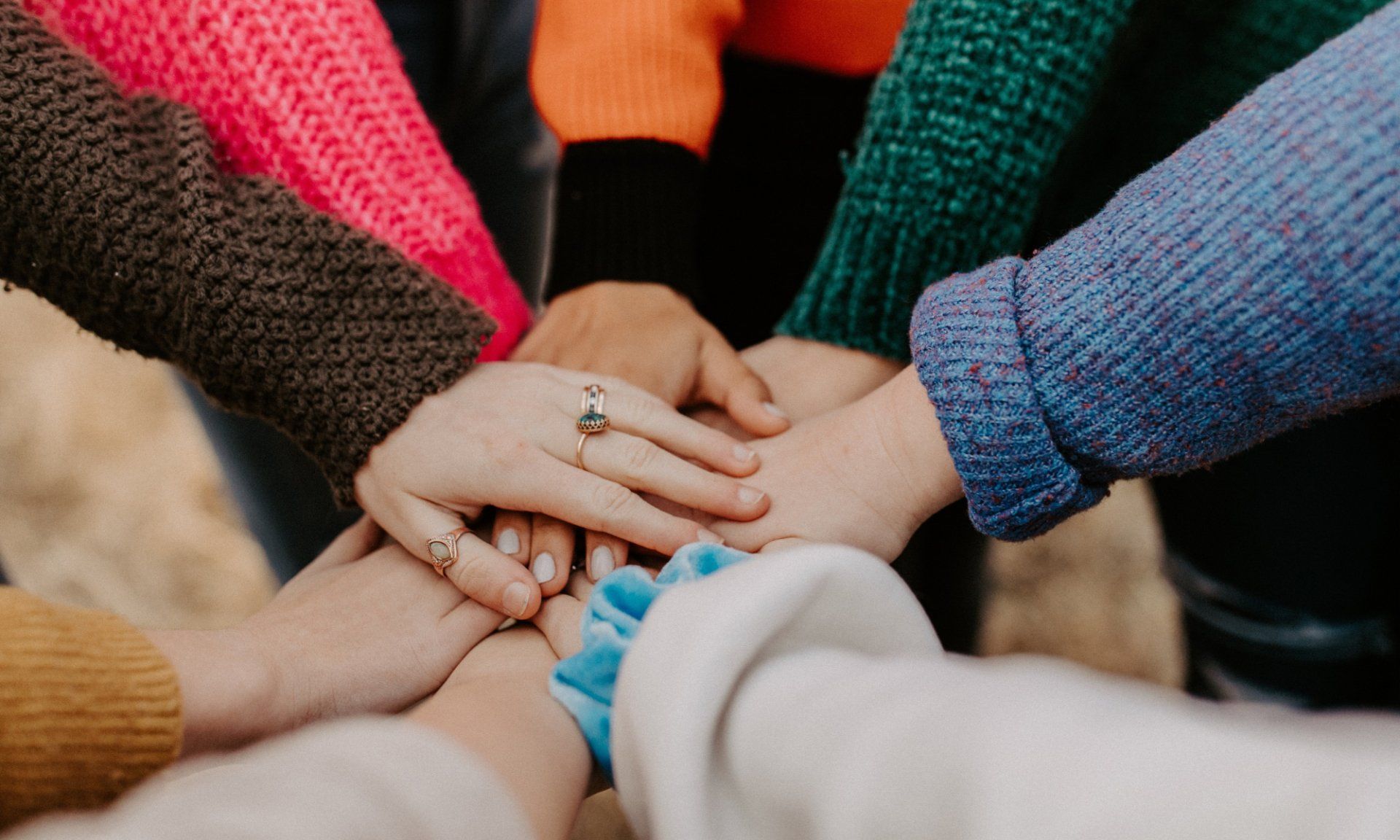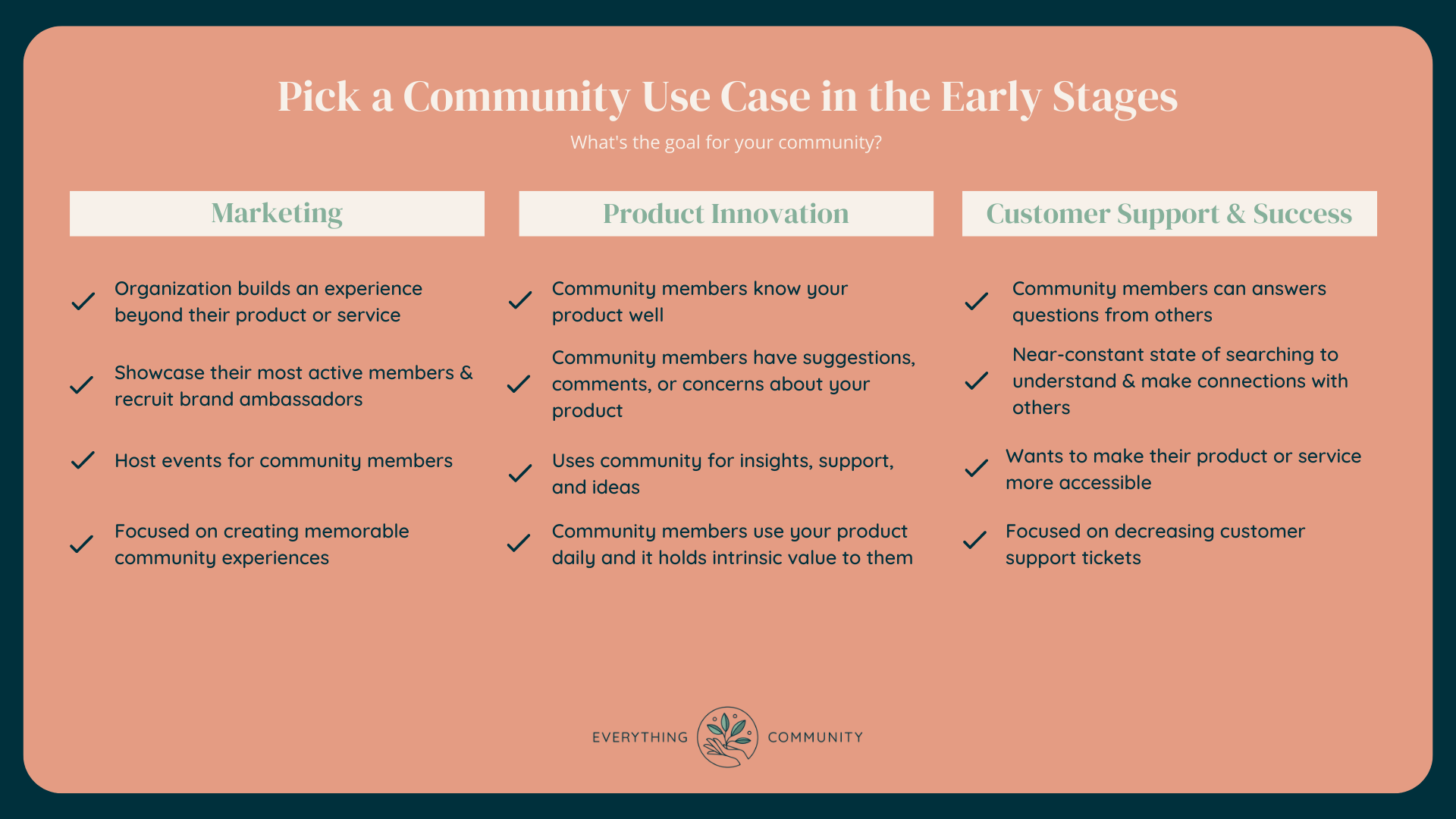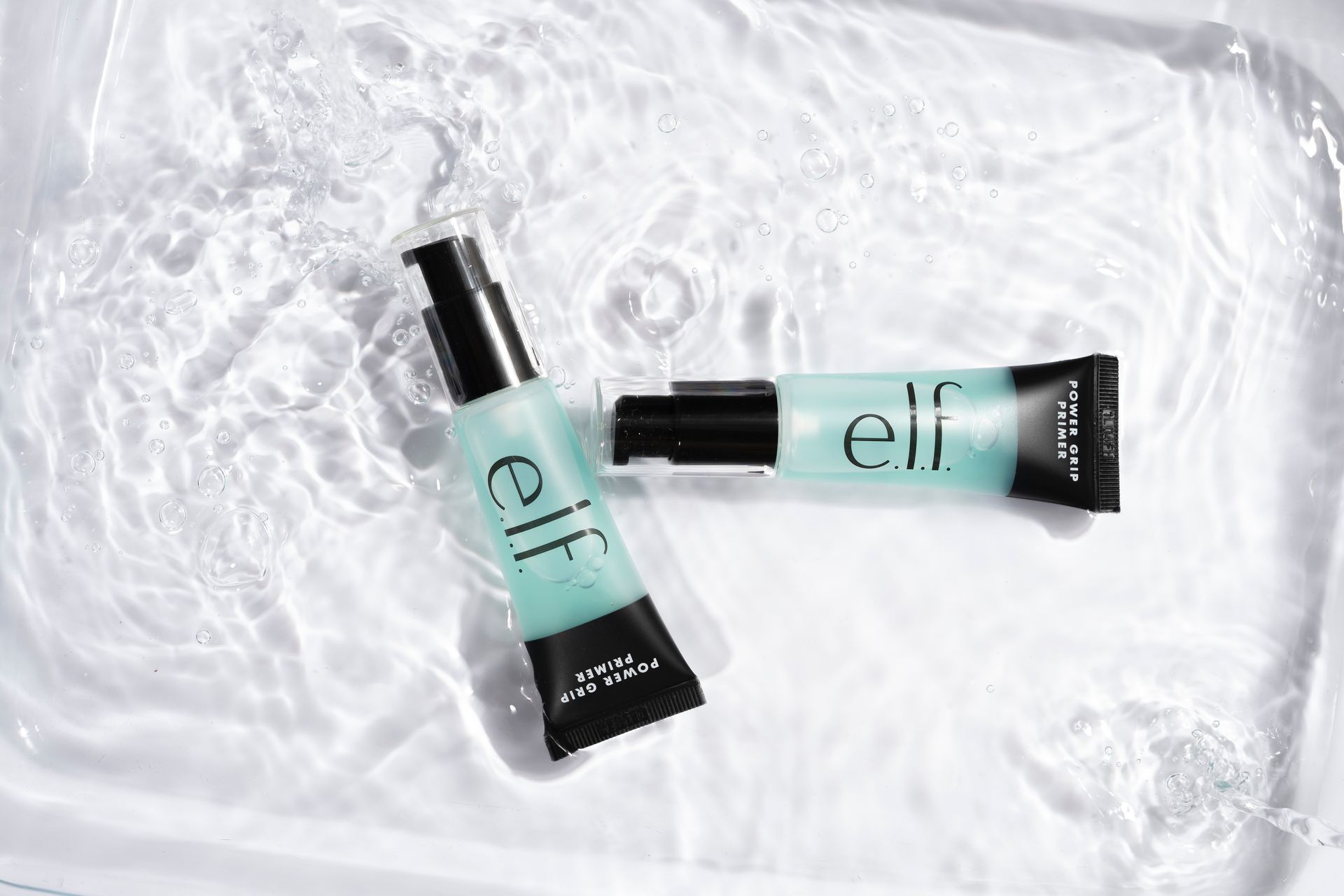How-to: Pick a Community Use Case in the Early Stages

Why lean into Community from the beginning?
Community provides value and builds trust.
It’s the direct link to your consumer base. You get the inside scoop on their wants, needs, and ideas for improving your product or service. It’s a way to build one-to-one relationships with customers with the benefit of increased interactions, conversions, and sales.
Use Cases for Community Building
Companies have found community-building success in leaps and bounds by leaning into their existing communities. These communities will have a group of people who are invested in your product or service.
They stand behind you, your brand, and what you offer. Lean into your community for support. In return, they’ll uplift other members, encourage growth, and engage consistently.
We’ve identified three use cases for maintaining community engagement – marketing, product innovation, and customer support.
Marketing
The team engages by hosting community events, meetups, and posting on social media channels to generate brand awareness and create an experience for your customers.
Customer Support
The team engages by supporting customers at any point in their journey. Members help other members solve their problems.
Product Innovation
The team engages by encouraging the community to actively contribute to the value the product delivers and incorporating their feedback into the product.
More on the community use cases in our
Community 101 blog post.

Picking a Use Case
In the early stages, it’s important to sit down and identify where your community is going. More importantly, where your community exists already.
Pick your community use case based on your audience - what are they looking for? What do they gravitate towards that your organization offers already?
Picking a use case is all about understanding where your community members already are. Strong communities meet their members halfway. If they’re active and engaged on Discord, meet members there. If attendance at online events through Zoom is soaring, meet members there.
We’ve outlined a few questions to help establish where your community gathers.
- What channels are community members most active on today?
- See our Common Community Tool Stacks blog post for more.
- What are they looking for from our organization?
- Where are the pioneers and influencers?
- We’ve outlined a few deeper questions to determine your community use case.
- What’s your purpose?
- What are the key activities and experiences offered by your organization? How do they engage your community?
- What does your audience look like? What are their wants, needs, and desires?
- What are the metrics of success for your community?
- How can our organization best support our community members?
CONNECTED COMMUNITIES
We determine who we are (or who we want to be) based on the products we need, the clothes we buy, and the services we use.
Community building centered on marketing helps organizations build an experience beyond their product or service. Community managers focus on creating memorable community experiences by showcasing their most active members, recruiting brand ambassadors, and growing a powerful brand behind their organization.
Communities have the power to bring people together who share common interests and goals. Your organization can be at the center of this. Your community provides a central place for people to find their belonging.
Community members build authentic relationships with the organization and between each other when they connect through marketing communities.
The element of authenticity here cannot be ignored. We’re all human and we can see through inauthentic efforts to bring people together rapidly.
Community members will see right through false niceties, inconsistent messaging, and surface-level connections. These inauthentic methods of connecting will discourage community engagement and drive members away.
Hosting events is a great way to provide the space for your community to connect. Some great examples are
Duolingo and
Gymshark who used events to propel their growth.
COMMUNITY SUPPORT SYSTEMS
As people, we are in a near-constant state of searching to understand and make connections with others to build a sense of belonging in the world around us. Community creates this sense of belonging. We find our place in the communities created, developed, and nurtured by many of the brands we know and love.
Community works as a two-way street. We’ve found a give-first approach is best.
Show your community what you’re offering them. Get your value-add out front.
- What’s in it for them?
- Why should they care?
- Why should they be part of the community?
These are questions to answer when establishing your community strategy.
For Airbnb, they leaned into a small, niche group of hosts who were so passionate about hosting, that they wanted others to have the same incredible experience they do. Airbnb leaned into this small subset of users and now, they have a thriving community of over 1.2 million members. Topics include advice for those new to hosting, help, updates, and a place to share your interests and connect with others. See their community
here.
This community started small, but they had a clear use case in mind: customer support.
PRODUCT-LED COMMUNITIES
Community building is an effective growth strategy. Community helps with product growth. Your community members know your product well, often even better than you do. They likely use it every day and it holds an intrinsic value in their lives.
They also likely have a few suggestions, comments, or concerns that can and will improve the product offering. Lean into your community for insights, support, and ideas.
In the early stages, your community members are your trusted source of information. Think of them like great friends. They’ll call you out when you’re in the wrong, support you through the good times (and the bad, especially the bad), and celebrate all your wins. They know how to be honest and straightforward with you without completely damaging your ego or self-esteem.
Community building in the early stages is nurturing those friendships. Let your community members know they can trust you. Be vulnerable. Be upfront. Most importantly, share with them. Allow them into the inner circle and they’ll feel comfortable sharing their insights with you.
THE FUTURE OF COMMUNITY
The three use cases – marketing, product innovation, and customer support – are a guide to building and structuring your community in the early stages. It allows you to focus on a few central activities to drive engagement and growth.
Your community will support your business from the beginning. Bringing on pioneers and influencers will support your business objectives.
Community is here and it’s the future of business.
written by The Everything community team!
We're a small team of community builders focused on helping our industry continue to flourish.
newsletter
Let's stay in touch!
Contact Us
We will get back to you as soon as possible.
Please try again later.






